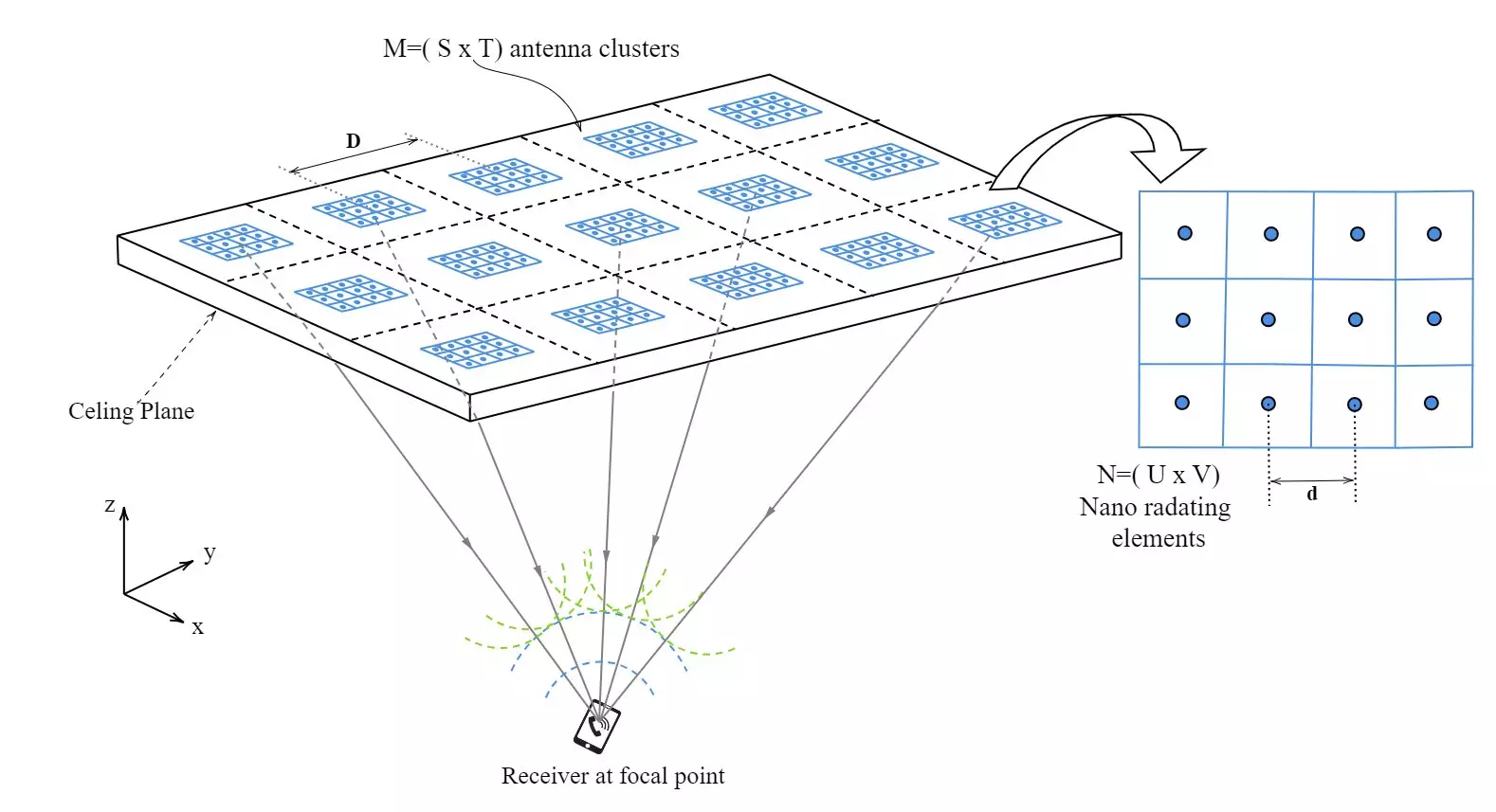As we venture further into an era defined by our insatiable thirst for data, the limitations of traditional wireless technologies become increasingly evident. Systems based on radio frequency (RF) communications, such as Wi-Fi and Bluetooth, grapple with overwhelmed bandwidth and pervasive interference. This mounting pressure raises crucial questions: How can we elevate our communication infrastructure to meet burgeoning demands for speed and reliability? The answer may very well lie in the realm of Optical Wireless Communication (OWC), which promises a transformative solution to our data transmission challenges.
Optical Wireless Communication represents a profound shift away from conventional RF technologies. By leveraging the capabilities of infrared light, OWC offers unprecedented bandwidth and a significant reduction in interference, enabling seamless data transmission in various environments. While traditional wireless systems have played a vital role in our connectivity, they are increasingly falling short as user expectations evolve and data needs skyrocket. OWC stands poised to revolutionize how we connect and communicate indoors, facilitating faster and more dependable network experiences.
Research into OWC has been progressing rapidly, aiming to deliver not only improved performance but also exceptional energy efficiency. Emerging technologies within this field explore innovative designs that cater to diverse user scenarios, from densely packed urban settings to expansive office spaces. Importantly, these systems are designed to be interference-free, making them ideal for environments where traditional RF signals might falter due to congestion or physical obstructions.
Innovative Design: Phased Array Systems
A standout feature of current OWC research is the development of intricate phased array systems. This design draws inspiration from the quantum mechanics principle of superposition, wherein a system can simultaneously occupy multiple states. In a similar vein, optical communication systems are employing smaller arrays of complex antennas that work in concert within larger configurations. This layered architecture allows for enhanced signal clarity and precision when transmitting information.
The use of multiple transmitting clusters—rather than relying on a solitary transmitter—creates a form of redundancy that greatly improves the robustness of the signal. Just as particles in superposition offer flexibility in their states, these interconnected antennas provide an avenue for maintaining strong communication links, even amidst obstructions or interference. The result is a sophisticated networking solution that transforms the reliability of indoor data exchange.
Energy Efficiency through Intelligent Algorithms
Energy consumption remains a paramount concern in modern technology, especially as we strive toward greener solutions. In this regard, the employment of advanced algorithms—specifically, Ant Colony Optimization (ACO)—opens new avenues for resource management within OWC systems. Taking cues from nature, the ACO methodology intelligently negotiates which antenna clusters to activate during data transmission.
By judically powering only the necessary elements, the system can maintain performance while reducing the waste typically associated with conventional wireless networks. This operational efficiency is of utmost relevance in an age when sustainability is a priority. The ability to minimize energy use without compromising on communication quality underscores the potential of OWC technology to align with global green initiatives.
The implications of this research extend far beyond technical enhancements; they also carry substantial ramifications for a variety of industries. In critical environments such as healthcare, where reliable communication is non-negotiable, the deployment of OWC systems can lead to improved safety and efficiency. Industrial settings, office complexes, and educational institutions are among other sectors primed for the integration of this technology.
Moreover, the benefits of the phased array design are not confined to infrared wavelengths. The principles established through this research may be adaptable to operate across various electromagnetic spectra, thus broadening the applicability of OWC as technology continues to advance. The promise of enhanced speeds, reliability, and sustainability paves the way for a not-so-distant future that redefines indoor connectivity.
As we stand at the cusp of a new era in communication technology, Optical Wireless Communication systems represent a pivotal advancement that addresses both current and impending challenges. Through innovation in design, energy efficiency, and application versatility, we can transform the landscape of indoor wireless communication for generations to come.


Leave a Reply
You must be logged in to post a comment.